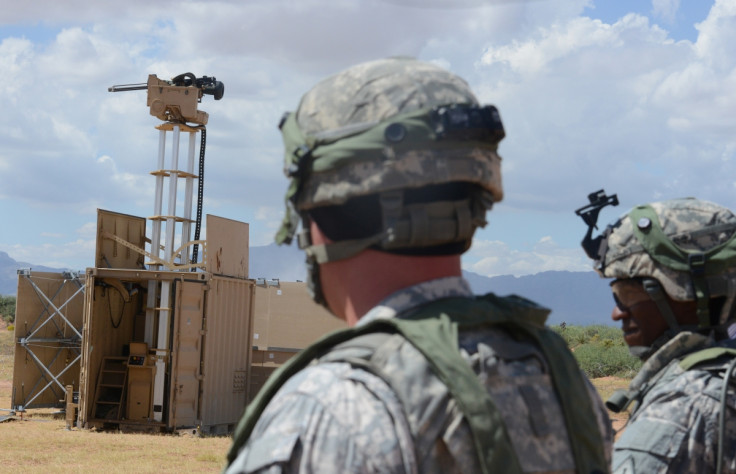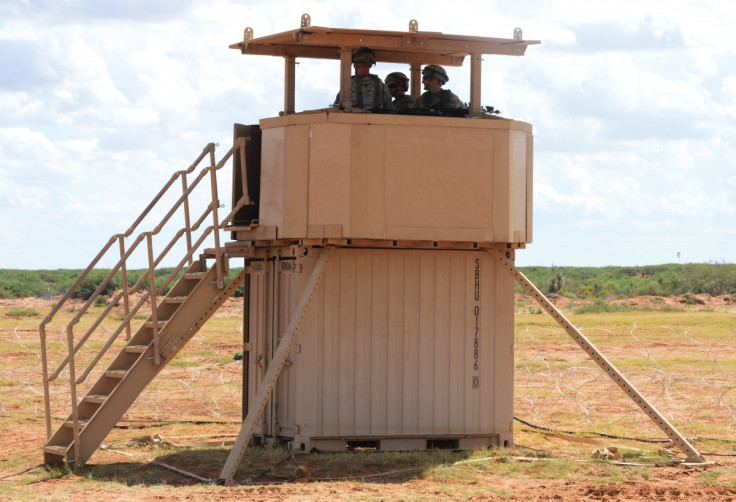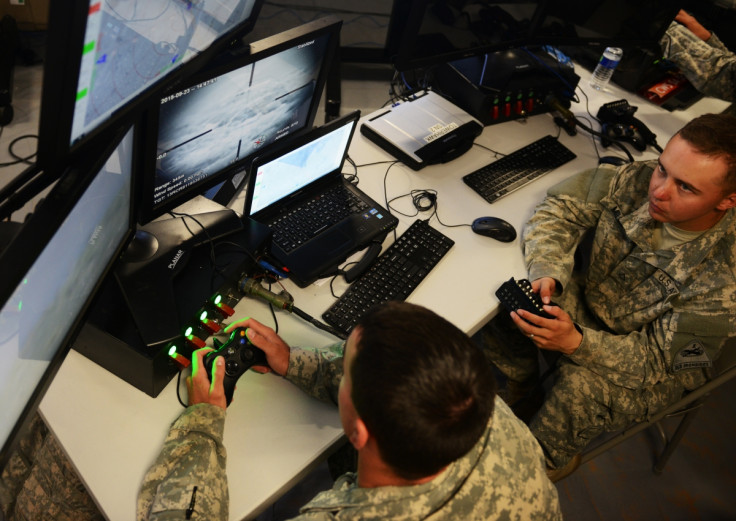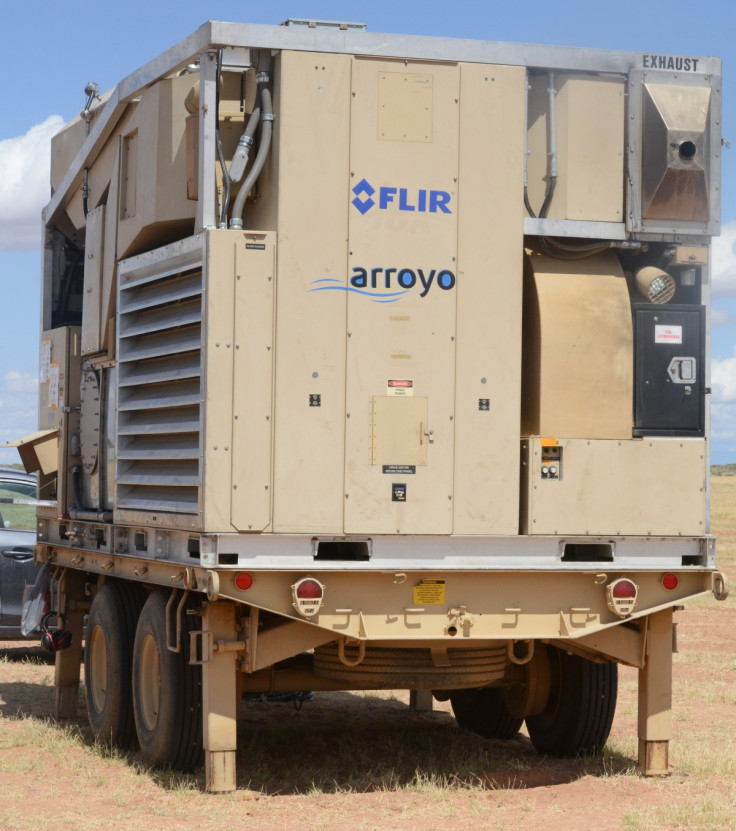US Army testing unmanned gun towers that fire using Xbox controllers [Photos/Video]
The US Army is testing out a new type of perimeter security system that consists of remotely-controlled gun towers that can fold out of metal containers and require only two soldiers to do the work usually done by 10. Army camps and bases all need to be guarded, and at the moment each conventional perimeter guard tower outpost requires four to six soldiers to man it, with each person working eight to 12 hour shifts.

But with the Tower Hawk System, each guard tower is unmanned and remotely controlled by two soldiers sitting in the base camp's tactical operation centre, who can see video feeds of the view outside the perimeter, as well as thermal and infra-red views. In the dark, the system is even more useful as operators can see any approaching enemies, whether on foot or in vehicles, long before they can see the base camp.

Containerised weapon systems
The technology is known as a containerised weapon system, meaning that the tower can be erected straight out of the top of a container and put together by six soldiers in less than an hour, with the command centre, complete with its large viewing monitors, located within the container. When it is time to shut the camp down, everything folds neatly back into the container for easy transportation.
"Every soldier I have assigned to securing the perimeter is one I don't have that can execute support missions," said Lt Col Raphael Heflin, commander of the 142nd Combat Service Support Battalion, 1st Armoured Division in the US Army.
Users of the system can remotely raise, lower and rotate weapons by 360 degrees that are mounted on the guard tower and an Xbox controller is used to aim and fire the weapons at will.

Any type of gun can be fitted to the gun tower, but during the demonstration, the example containerised weapon system was fitted out with a Browning M-2 50-calibre machine gun and a 338 Lapua sniper rifle.
An expedition base made from containers
The Tower Hawk System is one of 11 systems being evaluated to be part of a high-tech experimental expeditionary base camp residing at Fort Bliss in Texas, as part of a programme called Network Integration Evaluation (NIE) 16.1. Sounding like something you might see in a children's action playset TV commercial, the camp consists of 17 billeting metal containers, all of which are air-conditioned. Fifteen of the containers are living quarters, and each houses 10 soldiers, featuring two toilets, two showers and a laundry area in each container. The remaining two containers house the tactical operations centre.

One of the systems being evaluated is a water system that sucks liquid from outside air and converts it into water that is clean enough to drink, producing 4.5 gallons (20 litres) of water for every 1 gallon of fuel consumed. Another system being evaluated is a grey-water recovery system that ingests all used shower and sink water and is able to recover 75% of it for reuse.
© Copyright IBTimes 2025. All rights reserved.






















